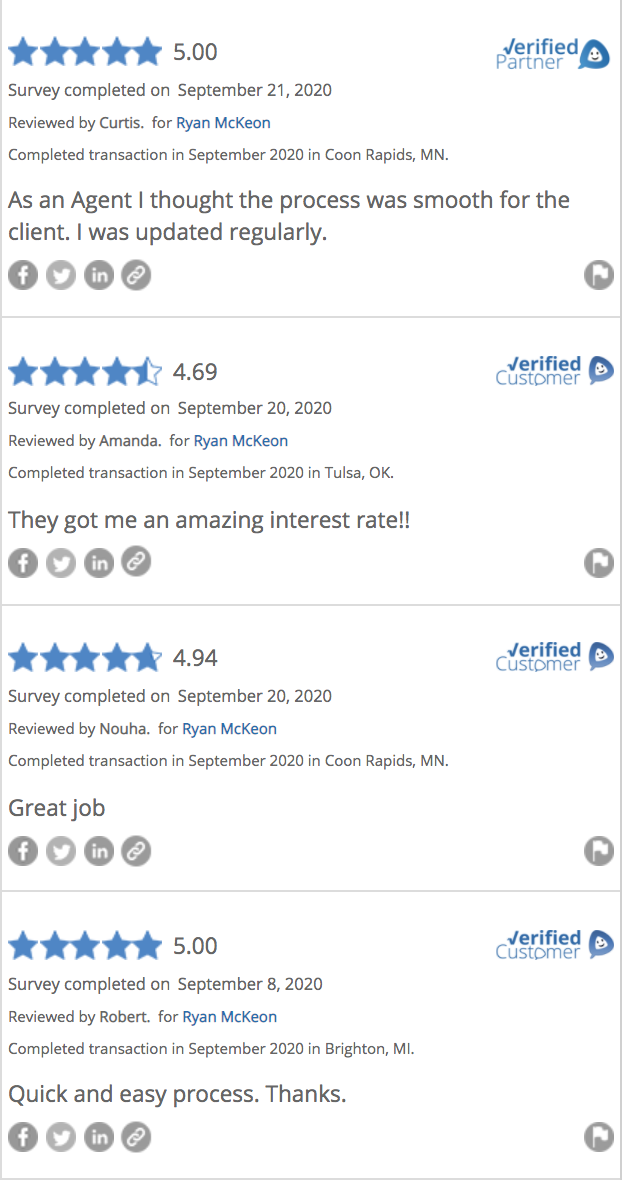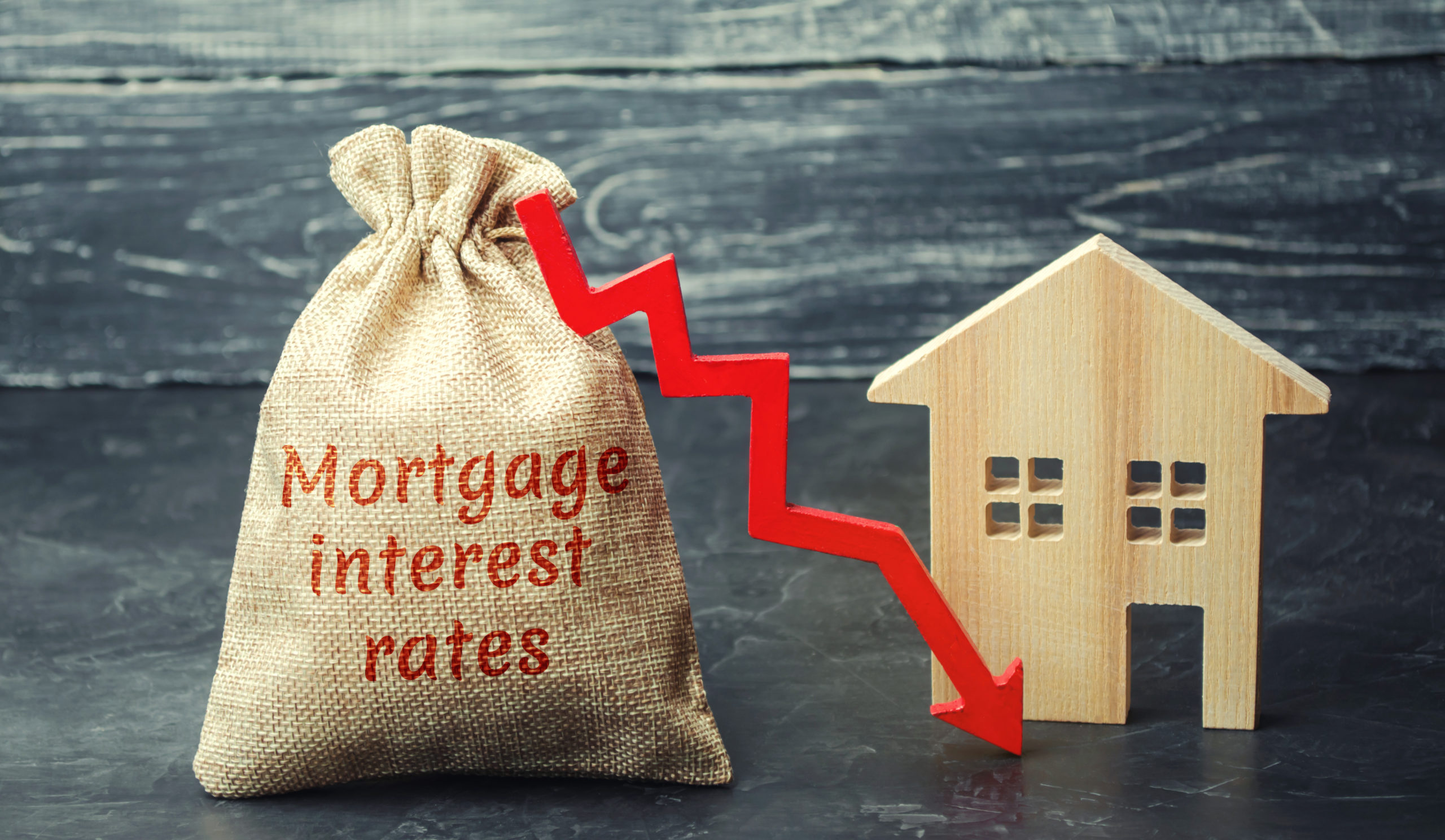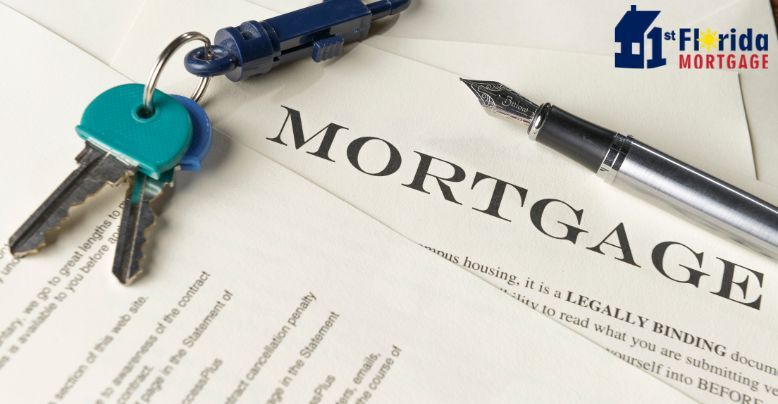If you’re shopping for a new home, you can calculate the home price you can pay and the mortgage schedule you will need based on the payment, down payment, taxes, and insurance you can afford.
Fixed-rate mortgage
Keeping the loan for the full loan term, such as 30 years, and making all of your payments at the end of the loan is how a fixed rate mortgage is calculated. Your payment will depend on the loan amount, the loan term, and the interest rate.
Balloon loan
A balloon loan has a much shorter loan term than a regular mortgage (typically only five years) but payments are calculated as if the loan was going to last for the 30-year standard. The monthly payments aren’t high enough to pay off the full loan, the remaining loan balance is due as one large final payment (known as the “balloon” payment) at the end of the loan term.
Adjustable-rate mortgage (ARM)
If you have an adjustable-rate loan, your initial payments are calculated assuming that your initial interest rate remains the same for the entire loan term. When your interest rate adjusts, your payment will typically be re-calculated based on the new interest rate and the remaining loan term.
How to calculate your mortgage payment
Budget
If you earn $100,000, you can typically afford a home between $200,000 and $300,000. The calculation is based upon two to three times your gross income. Unfortunately that estimate doesn’t include other monthly expenses.
Calculate your ongoing monthly bills for all expenses: credit cards, car and student loans, meals, day care, date night, vacations, and savings. What remains is what you can then budget for your mortgage, property taxes, insurance, maintenance, utilities, and community association fees, if applicable.
Down Payment
The larger your down payment, the lower your monthly payments will be—which leaves more funds to make that payment. If you have less money for a down payment, you’ll need to qualify for a larger loan and your monthly payments will be greater. Do consider if home prices or interest rates are rising and you wait to buy until you accumulate a bigger down payment, you may end up paying more for your home.
Overall Debt
This means monthly mortgage payments covering your home loan principal, interest, taxes and insurance, plus all your other bills, like car loans, utilities, and credit cards, shouldn’t exceed 43% of your gross annual income. This is known as the 43% rule and is what most lenders follow.
If making $100,000 a year before taxes, here’s an example of how the 43% calculation works for a homebuyer:
- Your gross annual income is $100,000.
- Multiply $100,000 by 43% to get $43,000 in annual income.
- Divide $43,000 by 12 months to convert the annual 43% limit into a monthly upper limit of $3,583.
- All your monthly expenses including your potential mortgage cannot be more than $3,583 per month.
Exceptions
It’s possible a lender will give you a mortgage with a payment above the 43% line but be completely sure of your financial situation before you do. Evidence from studies of mortgage loans suggest that borrowers who go over the limit are more likely to run into trouble making monthly payments, the Consumer Financial Protection Bureau warns.
Conclusion
Home ownership should make you feel safe and secure, and that includes financially. Be sure you can afford your home by calculating how much of a mortgage you can safely fit into your budget. Do your research and be ready so when it comes time to buy your home you aren’t faced with financial surprises. You’ll go into the loan process knowing what you can comfortably afford.




